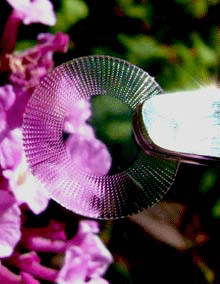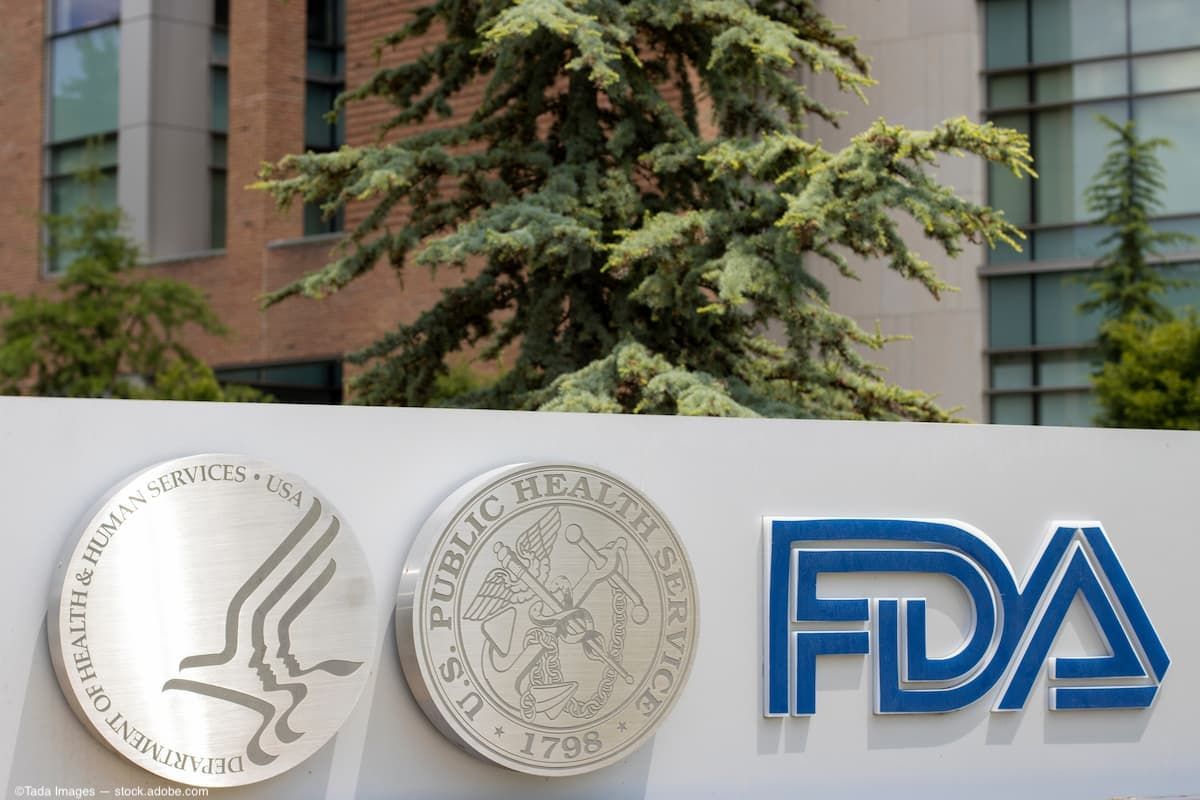Article
New artificial cornea research could promise increased availability
In an effort to make corneal transplants more available, researchers have designed an artificial cornea made from a water-filled polymer that resembles the eye's natural cornea.

Instead of using hard plastic similar to previously designed corneal implants, Curtis Frank, chemical engineer, Stanford University, and former graduate student David Myung have created an artificial cornea based on a soft hyrdogel.
The material is mechanically robust, despite consisting of 80% water. The high water content is crucial for allowing glucose and nutrients to diffuse through the cornea and encourage growth of epithelial cells on the implant's surface, according to researchers.
To make cells stick to the cornea, which they do not do normally, the researchers devised a way of tethering collagen to the artificial corneas surface. They also can create patterns of microscopic pores around the edges of the implant so that when the cornea is implanted in the patient's eye, cells will migrate through the pores, anchor the cornea, and help integrate the material with the native tissue.
Currently, the researchers have shown that the diffusion of glucose across the material is equal to that of the human cornea and preliminary studies in rabbits show that the growth of epithelial cells is supported by the implants. Studies in human patients are several years away, according to researchers.
Newsletter
Don’t miss out—get Ophthalmology Times updates on the latest clinical advancements and expert interviews, straight to your inbox.




